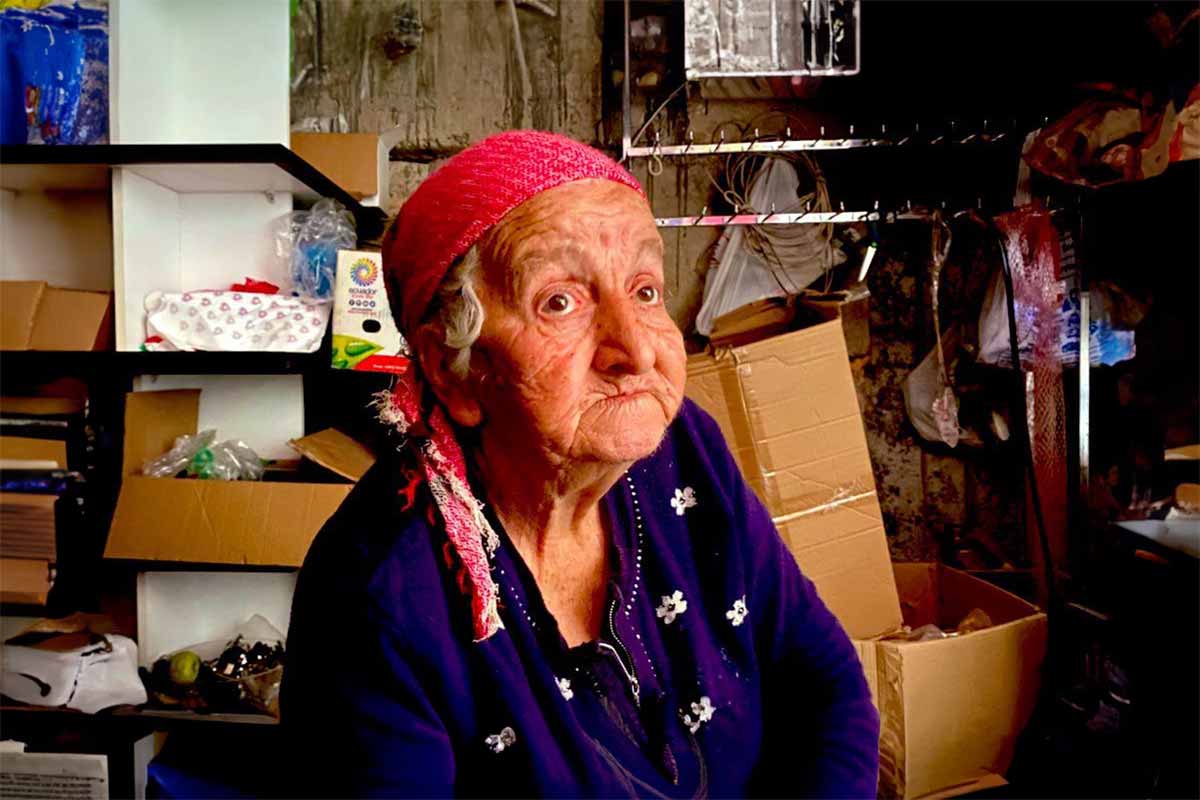“Yesterday We Struggled to Find Bread, Today We Are Struggling to Live”
Hundreds of people have been killed or injured and thousands displaced following Azerbaijan's military action.
“Yesterday We Struggled to Find Bread, Today We Are Struggling to Live”
Hundreds of people have been killed or injured and thousands displaced following Azerbaijan's military action.
“Residential areas were targeted from the first shot, not just military [objectives] and not only in Stepanakert but also villagers,” Siranush Sargsyan, IWPR’s correspondent in Nagorny Karabakh, said in a voice message recorded from the basement where she was sheltering from the Azerbaijani military offensive launched on September 19. “After nine months of blockade, people are prostrated…. Yesterday [September 18] we were struggling to find bread, a single piece of bread…today we are struggling just to live, to survive…”
The 24-hour offensive left 200 people dead, including five children, and 400 wounded, according to the de facto authorities, with tens of thousands displaced.
Baku’s condition for the ceasefire, brokered by Russian peacekeepers, was for Stepanakert to fully disband and disarm its armed forces and remove all heavy equipment and weaponry from the territory.
Sargsyan, who lives in Stepanakert, known as Khankendi by Azerbaijan, has been documenting the hurdles that the civilian population in the region faces in the wake of the renewed violence.

“People flocked to Stepanakert from villages, they arrived with their document and a few clothes, they have nothing else,” she said via an unstable phone and internet connection.
“The agreement is reached but, imagine, people are in panic,” she continued. “Is this what they mean for peace? For reintegration? In Stepanakert there are a lot of people trying to find their relatives They really do not know where they family members are, in all the districts. During the 2020 war we somehow managed to call every district and know what was going on, but [this time] we didn’t have that opportunity…”
Azerbaijan’s authorities reportedly captured more than 90 positions during the fighting. Among them is the Amaras monastery, one of the region’s oldest and holiest churches where the inventor of the Armenian alphabet, Mesrop Mashtots, is said to have opened the first school in the 5th century.
“They had just agreed to open the Lachin and Aghdam corridor [on September 17] and send us so-called ‘aid’, then the next day they bombarded us. For months we tried to explain why we could [not] receive aid from Azerbaijan, it is because we do not trust them, we knew we could not [trust them].
Home to some 120,000 ethnic Armenians, the disputed mountainous enclave is inside the internationally recognised border of Azerbaijan and it has been under Armenia’s control since the mid-1990s after the two countries fought over the region after the fall of the Soviet Union. In 2020 Azerbaijan recaptured areas in and around the region before a truce was agreed and monitored by Russian peacekeepers.
This publication was prepared under the "Amplify, Verify, Engage (AVE) Project" implemented with the financial support of the Ministry of Foreign Affairs, Norway.
